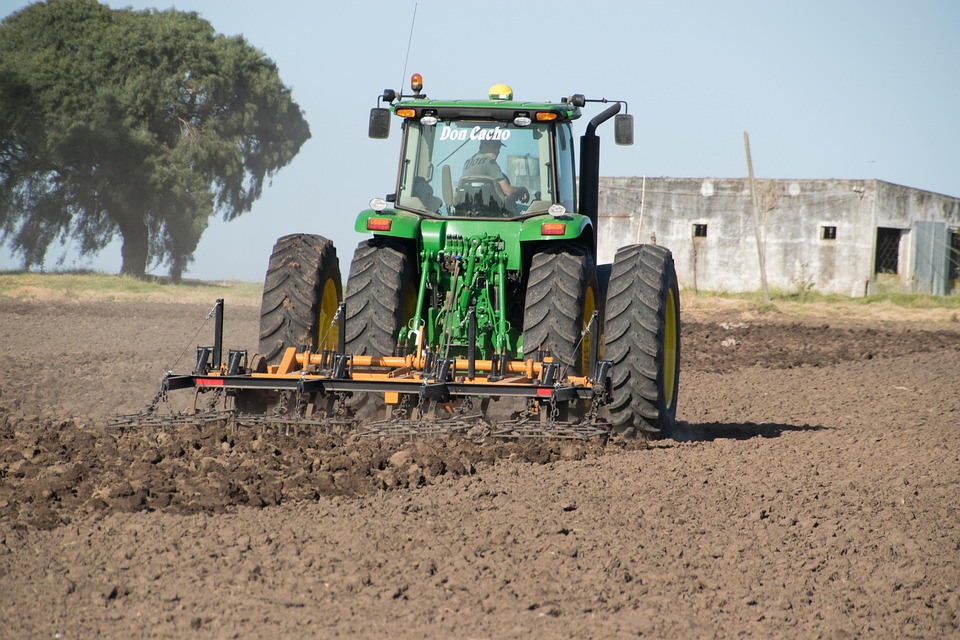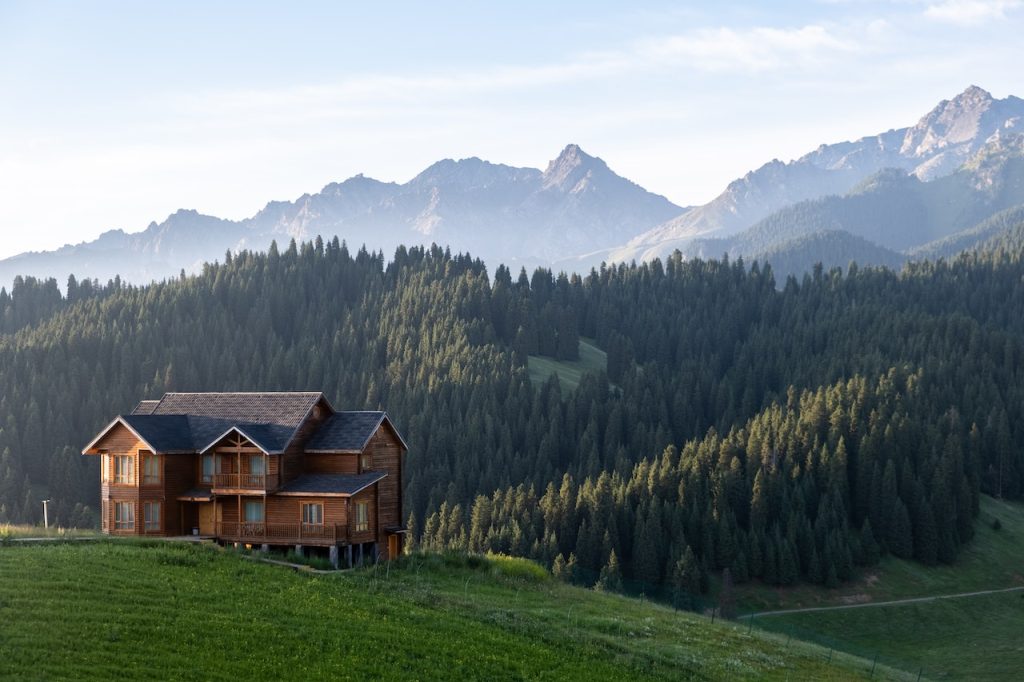# Herbs, Veggies, and Flowers: Sustainable Gardening for Every Space
There’s something magical about stepping into a garden bursting with life! One summer afternoon, while sipping a sweet herbal tea made from freshly harvested mint and enjoying the vibrant colors of zinnias and peppers, it hit me: sustainable gardening isn’t just about growing plants; it’s about nurturing a connection to the earth. Trees and flowers aren’t just decorations; they’re small ecosystems thriving right outside our windows, inviting us to join in their vibrant dance of life. Whether you have a sprawling backyard, a cozy balcony, or even a single sunny windowsill, sustainable gardening is accessible to everyone. Let’s dig into the delightful world of herbs, veggies, and flowers, and discover how to cultivate green spaces that are not only good for you but also gentle on the planet!
## The Benefits of Sustainable Gardening
Before we dive into the how-to’s, let’s talk about the many benefits of sustainable gardening. From local ecosystems to your kitchen table, the impact is profound.
### 1. Environmental Impact
Sustainable gardening minimizes our carbon footprint. Traditional gardening often relies on chemical fertilizers and pesticides, which can be harmful to the environment. Growing your own herbs and veggies organically helps maintain soil health, attracts beneficial insects, and reduces pollution.
### 2. Healthy Eating
There’s a unique satisfaction in harvesting your own produce. Freshly picked vegetables not only taste better, they’re also free from harmful chemicals. Sustainable gardening encourages a diet rich in fruits and vegetables, supporting overall health.
### 3. Mental Wellness
Gardening is therapeutic. The simple act of tending to plants can reduce stress and enhance mood. The colors, scents, and sounds of the garden can transport you away from everyday worries.
### 4. Community Connection
Consider starting a community garden! This not only fosters a sense of togetherness but also teaches sustainable practices. Sharing knowledge, experiences, and even a few harvests can enrich your life in unexpected ways.
## Designing Your Sustainable Garden
### Assess Your Space
The first step in sustainable gardening is to assess the space you have. Are you working with a large area, or do you have limited room? Every little bit counts, and creativity is key!
– **Backyards:** Have ample space? Consider raised garden beds for your veggies and a corner for herbs.
– **Balconies:** Container gardening allows you to grow a mini paradise in limited areas. Herbs thrive in pots!
– **Indoor Spaces:** Using window sills effectively opens up possibilities year-round. Even small planters can yield delicious herbs.
### Choosing the Right Plants
The plants you choose are crucial for a sustainable garden. Opt for native species and those that thrive in your specific climate. Here are some suggestions:
#### Herbs
– **Basil:** From pesto to salads, basil is versatile and easy to grow.
– **Oregano:** Its robust flavor grows beautifully in pots or garden beds, attracting helpful pollinators.
– **Mint:** An aromatic herb that practically thrives on its own. Just be mindful; mint can spread!
#### Vegetables
– **Tomatoes:** A garden favorite that can grow in extensive or compact spaces.
– **Radishes:** Quick to grow, they bring a peppery crunch to salads.
– **Lettuces:** Perfect for cool weather; you can harvest multiple times from the same plants.
#### Flowers
– **Sunflowers:** Not just gorgeous but also attract bees, making them beneficial for pollination.
– **Marigolds:** Effective companions for veggie gardens, marigolds deter pests naturally.
– **Zinnias:** Bright and cheerful, they’re easy to grow and draw in the pollinators!
## Unconventional Gardening Techniques
There’s more to life than traditional rows of plants! Get creative and explore unconventional gardening techniques.
### Vertical Gardening
If space is tight, going vertical can offer a new lease on gardening. Use trellises, wall planters, or even hanging pots. Strawberries and cucumbers work wonderfully in vertical layouts, maximizing your space while creating visual appeal.
### Square Foot Gardening
This method involves dividing your garden into small, manageable squares. Each square is planted with a different herb or vegetable, making it easier to maintain and harvest. Besides, it’s a fantastic way to diversify your crops!
### Hydroponics
For the tech-savvy gardener, hydroponics offers an innovative way to grow plants without soil. Water, nutrients, and sunlight become the primary ingredients for your mini-ecosystem. It’s particularly effective for growing herbs indoors, where you have complete control over conditions.
## Maintaining Your Garden Sustainably
### Watering Wisely
Water is a precious resource, and sustainable gardening emphasizes its conservation. Here are some tips:
– **Collect Rainwater:** Setting up simple rain barrels can capture runoff, allowing you to water your garden naturally.
– **Use Mulch:** A layer of organic mulch can retain moisture in the garden bed, reducing the need for constant watering.
– **Water Early or Late:** Aim to water when the sun is lower in the sky to minimize evaporation.
### Composting
Creating a compost pile is a terrific way to enrich your soil while reducing waste. Kitchen scraps (vegetable peels, coffee grounds) paired with yard waste (leaves, grass clippings) yield nutrient-rich compost that feeds your garden.
### Pest Control
Combat pests naturally by embracing biodiversity. Introducing beneficial insects like ladybugs and praying mantises can help keep harmful pests in check. Planting marigolds and garlic also acts as a natural deterrent against unwanted visitors.
## Pro Tips for Sustainable Gardening
1. **Start Small:** If you’re new, begin with a few pots of herbs before expanding into larger plantings.
2. **Companion Planting:** Research plants that benefit each other’s growth when planted together, such as tomatoes with basil.
3. **Use Heirloom Seeds:** They’re often more resilient and flavorful than hybrids, plus they contribute to biodiversity.
4. **Rotate Crops:** Change the location of your plants each season to maintain soil health and prevent pest buildup.
5. **Get Involved:** Join local garden clubs or online communities for tips, support, and inspiration.
## Final Thoughts: Your Gardening Adventure Awaits
Embarking on your sustainable gardening journey is like planting a seed that can grow into something beautiful and robust! It connects you to the earth, promotes healthy living, and can even deepen relationships with family and friends through shared experiences in the garden.
Remember, whether you’re sowing seeds in a backyard bed, arranging pots on a balcony, or sprouting seedlings on a windowsill, every plant matters. By making conscious choices, we can cultivate our gardens into thriving ecosystems filled with herbs, veggies, and flowers—deliciously edible, beautifully colorful, and bursting with life.
So grab those gardening gloves, roll up your sleeves, and get your hands dirty! Your sustainable garden awaits, and it’s ready to flourish!



